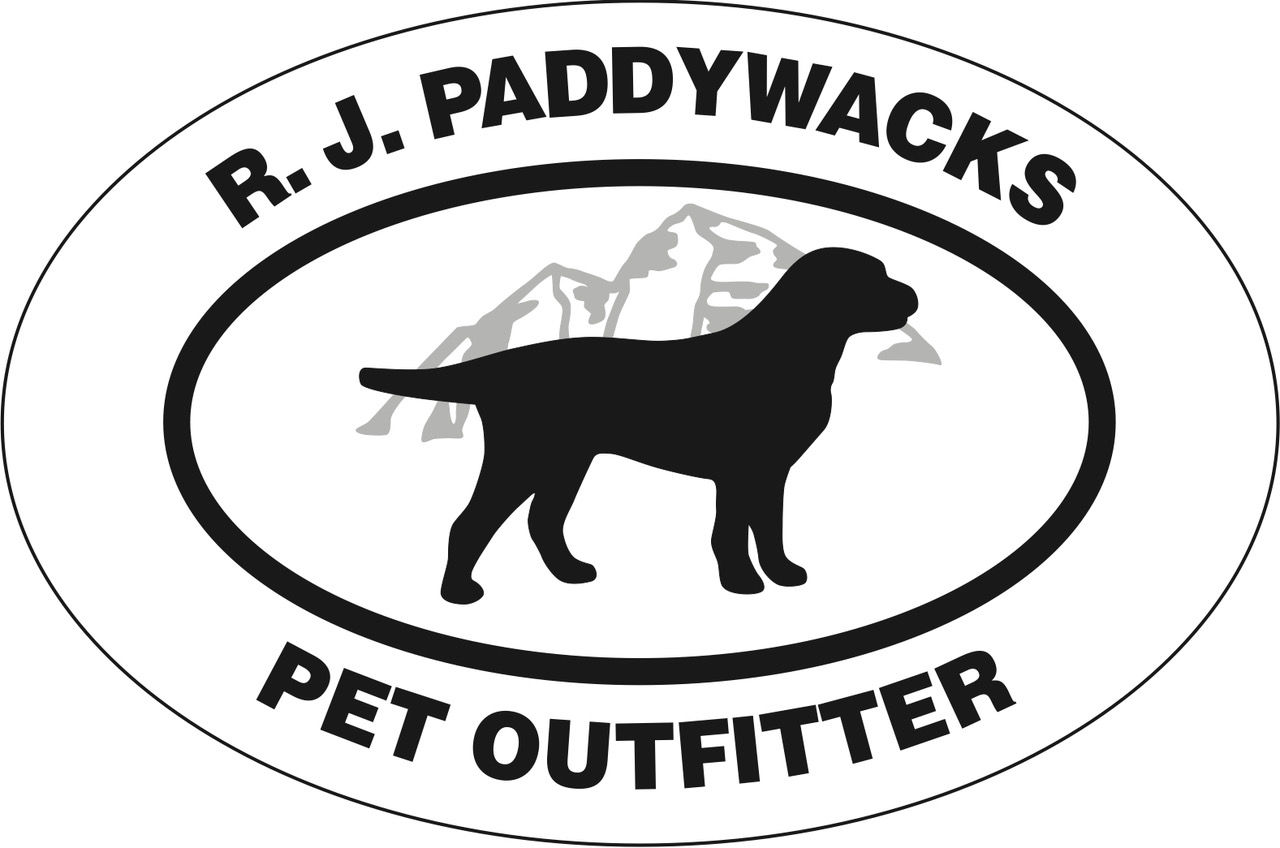While we are all enjoying the summer sun and the activities that come with it, we may sometimes forget about our furry friends' reaction to the heat. Heat exhaustion can occur in any hot or humid space, even in a poorly ventilated indoor area. At the peak of the summer season, August is one of the hottest months of the year. With this, keeping pets cool and hydrated is of the utmost importance.
Symptoms
Pets, especially dogs, can appear to be tough and resilient to all types of weather, never complaining; that is, never complaining verbally. Dogs have different ways of telling us that they are getting overheated. These signs include excessive drooling or panting, struggling to breathe, a heightened pulse, or mild weakness in moderate cases. More severely, confusion or fainting, seizures, bloody diarrhea, or vomiting may occur. If you notice any of these signs of heat exhaustion in your pet, it is important to address it immediately.
Treatment
There are many simple, yet powerful methods of treatment for heat exhaustion. The most effective way to cool your pet's body temperature is to wrap a towel soaked in lukewarm water around them. Lukewarm water should be used in place of cold water, as it will not suddenly reduce the animal's temperature, potentially causing harm. Additional ways to cool down your pet include placing them in front of a fan or dabbing cotton balls saturated in rubbing alcohol on their paws and stomach. Rubbing alcohol is toxic to animals, however, and should be kept safely away from a pet's mouth.
After your pet has cooled down to a point of not showing symptoms, it is recommended to contact a veterinarian, who may suggest additional treatment such as IV fluids, careful monitoring of blood pressure, or medications.
Prevention
There are a few simple tips to prevent your animal from getting heat exhaustion.
- First and foremost never leave your pet in a car alone. Even with the windows cracked, it is very easy for a parked vehicle to become like an oven to your pet. Taking into account that your furry companion requires exercise, it is important to walk them either in the morning or evening, when temperatures are not so hot outside. If the pavement or sidewalk is too hot to your touch, then it is also too hot for your pet's paws. If your pet simply enjoys being outside, a properly cooled, indoor space should be available for them to access. In the case that they must remain outside, a shady area out of the sunlight and plenty of water should be accessible to them.
- Shaving your pet to keep them cool is not a viable means of prevention. An animal's fur actually acts as an insulation coat for both heat and cold. Shaving your pet gets rid of this protective layer, and can even lead to your animal getting sunburns. If your pet is very fluffy, simply trimming or thinning their fur may help to relieve them of unneeded insulation. Leaving at least an inch of fur is recommended. It will also keep them more comfortable and clean in the summer months.
- If your pet is alone for extended periods of time, such as during your summer vacation, it is worth looking into boarding. Boarding facilities are well informed of the dangers of heat exhaustion and will keep your pet happy and safe from the heat while you are away.
- Pets who have shorter, flatter faces, such as pugs or Persian cats, should be monitored more closely in the heat or humidity. Their face shape causes them to have a more difficulty panting which proves ineffective in cooling off, states the AAHA. Older or overweight pets should almost always be kept indoors in the hotter months. If your animal has a heart or lung disease, they should also be more closely watched for symptoms of heat stroke and be kept properly cool at all times.

